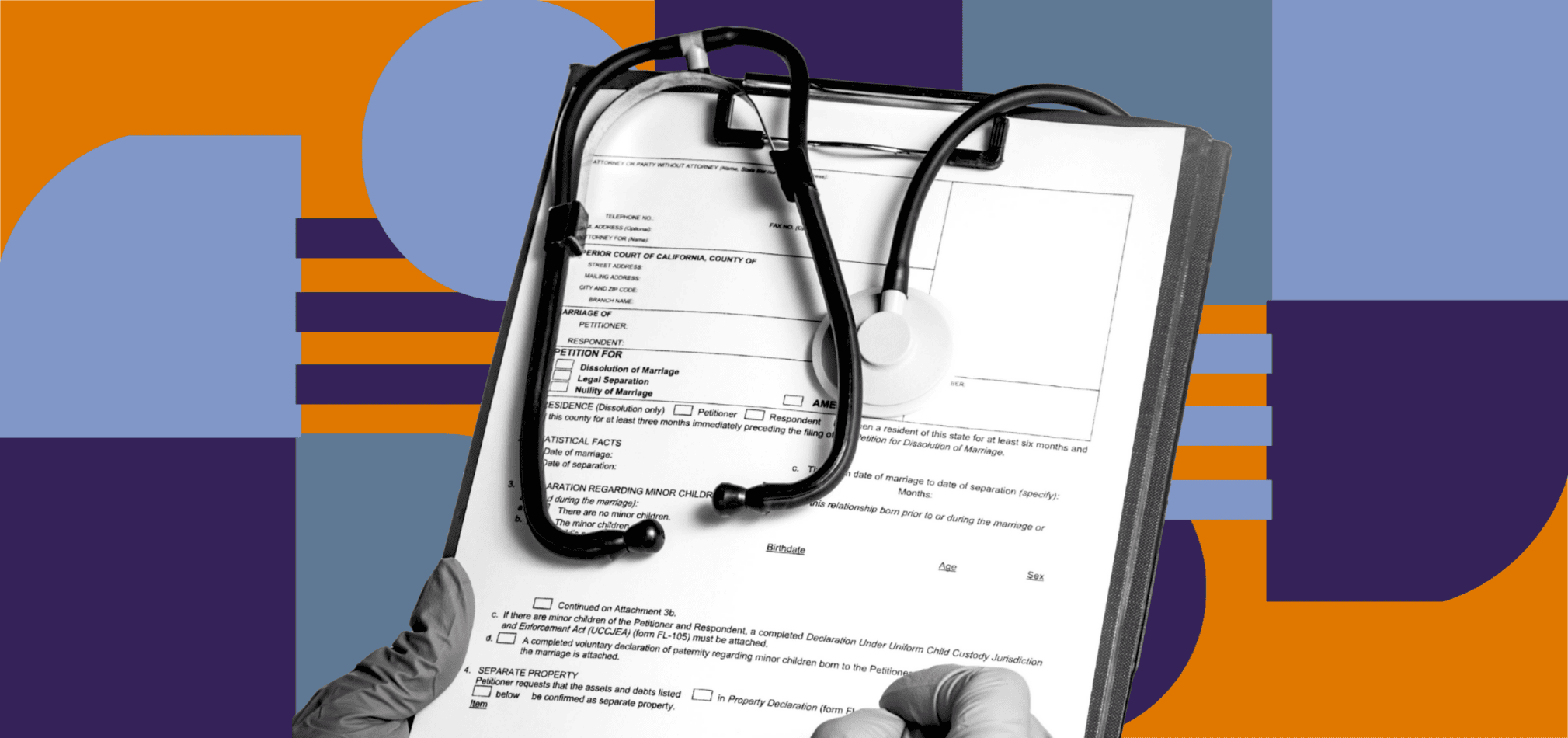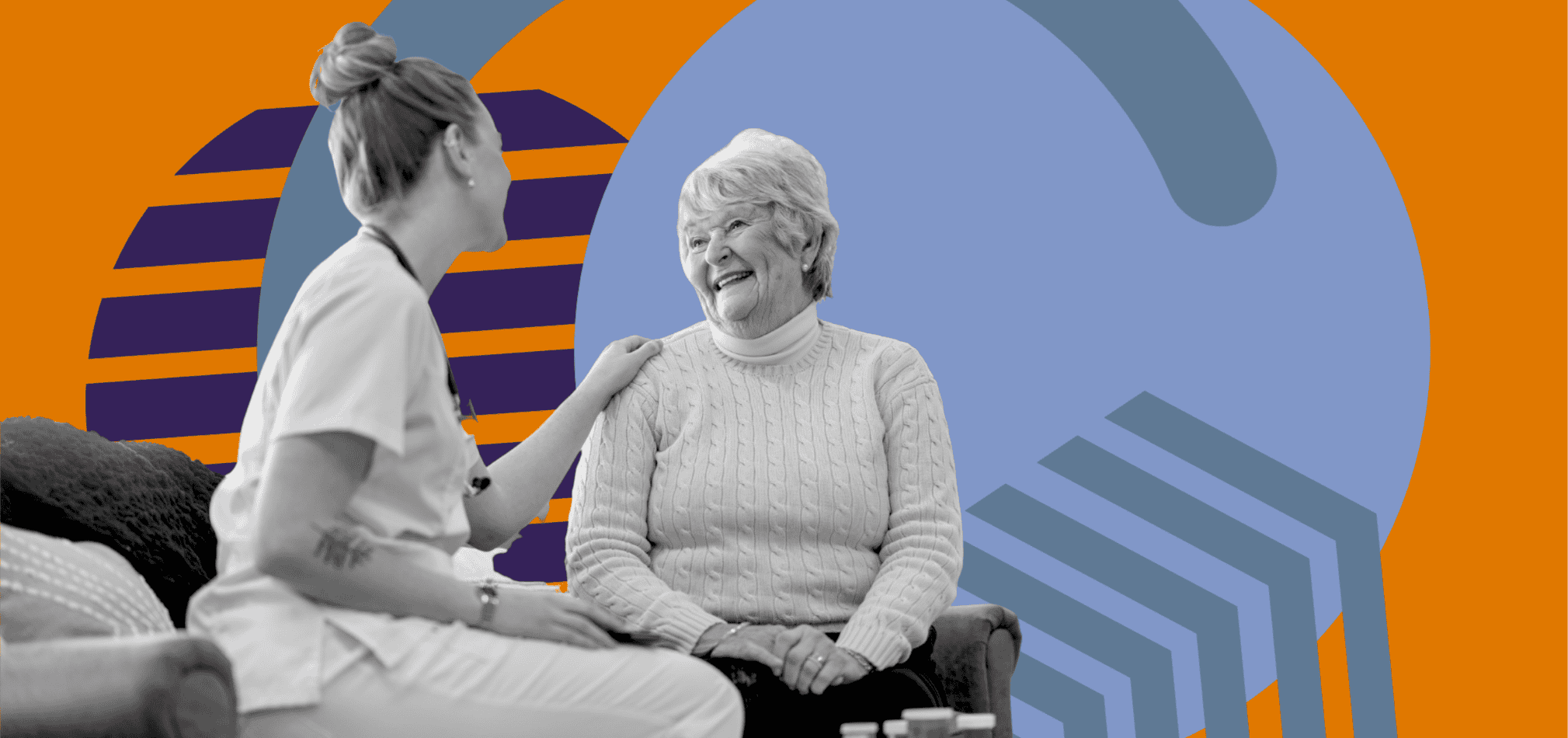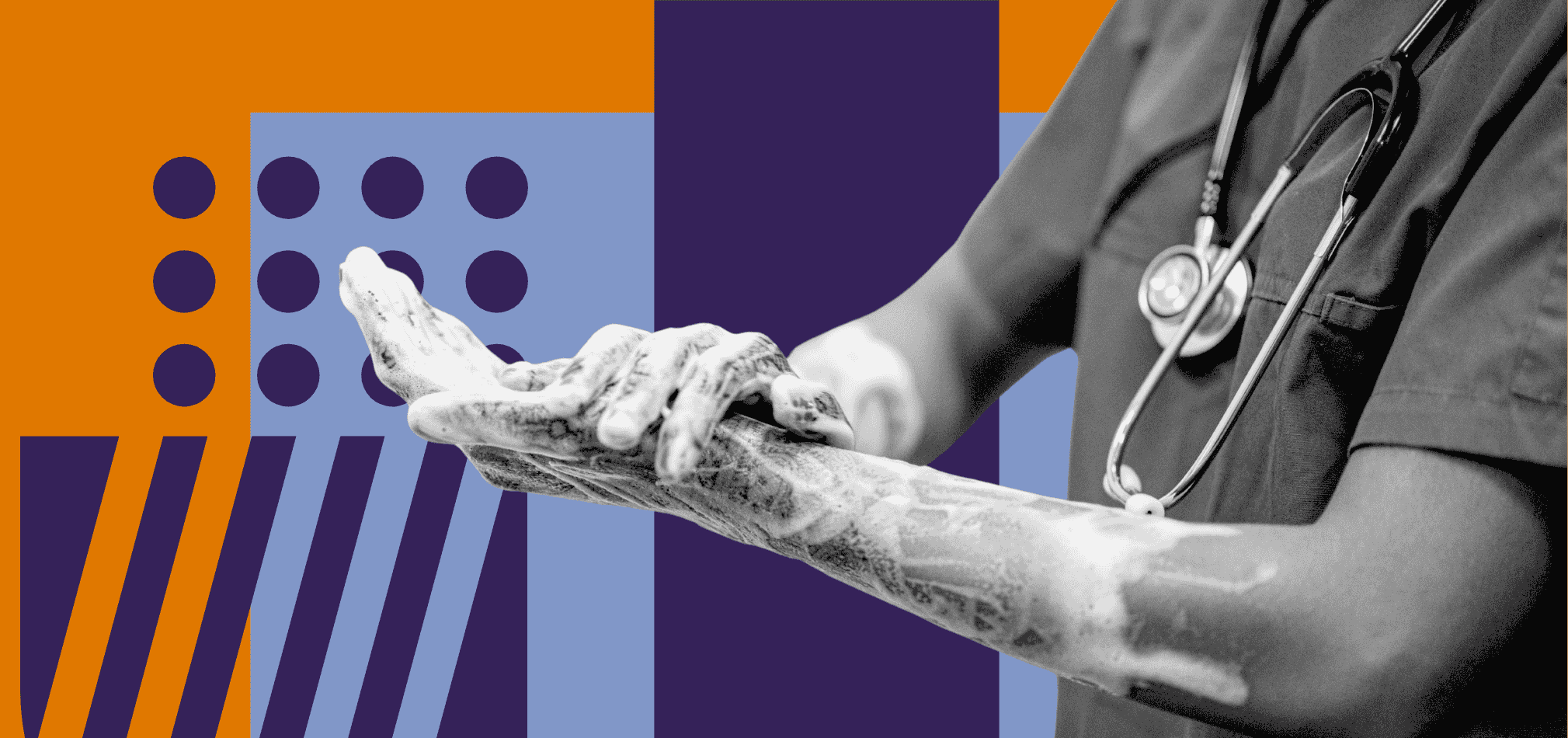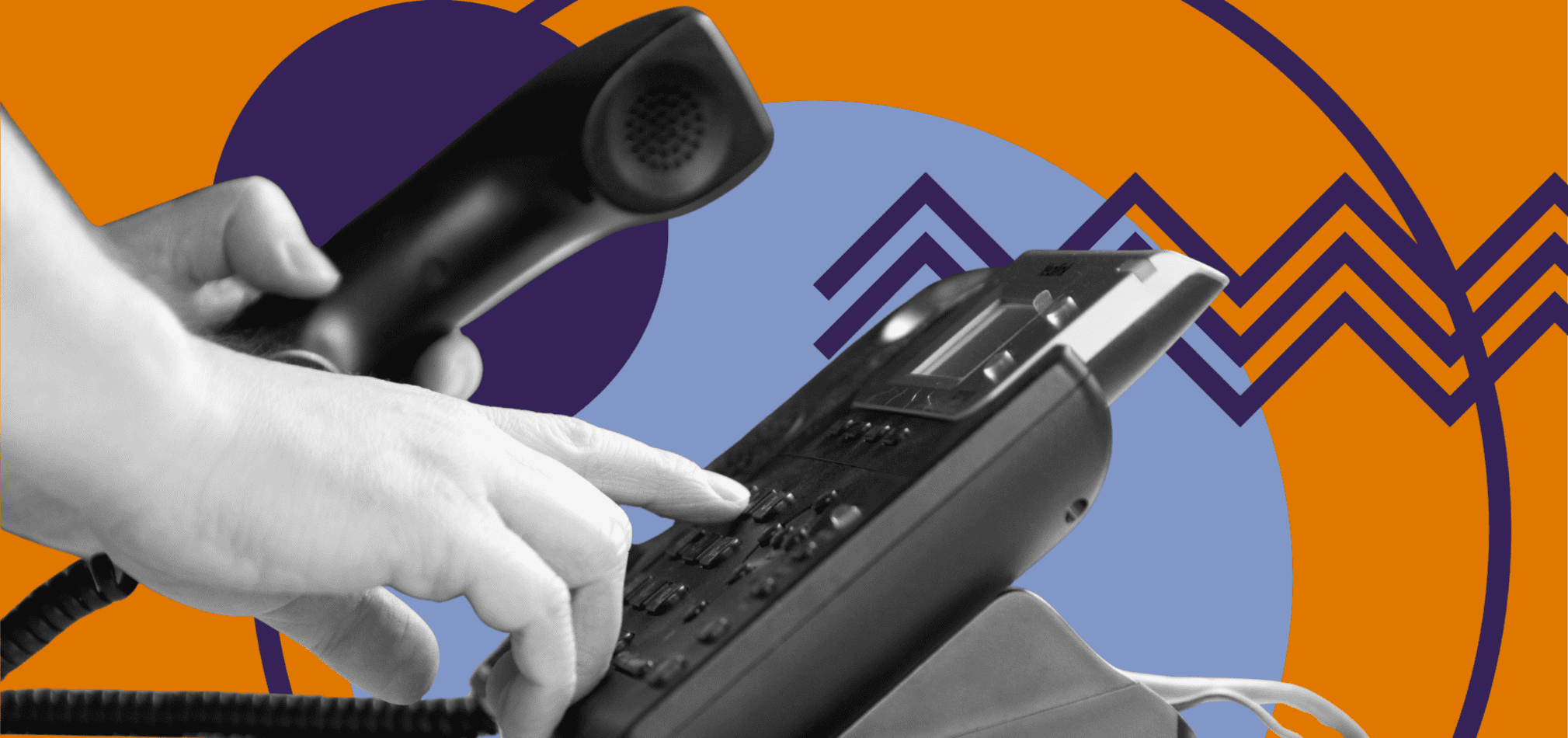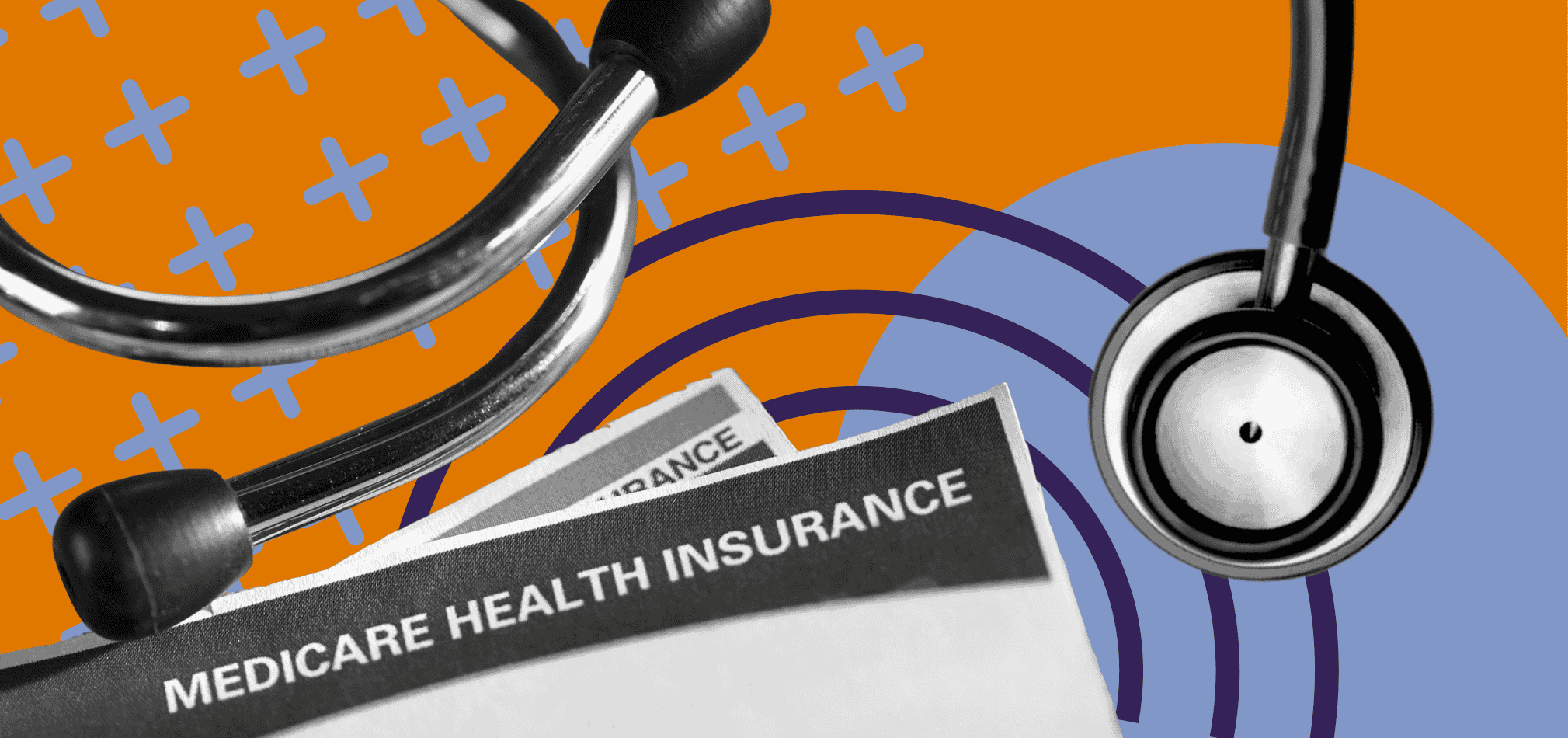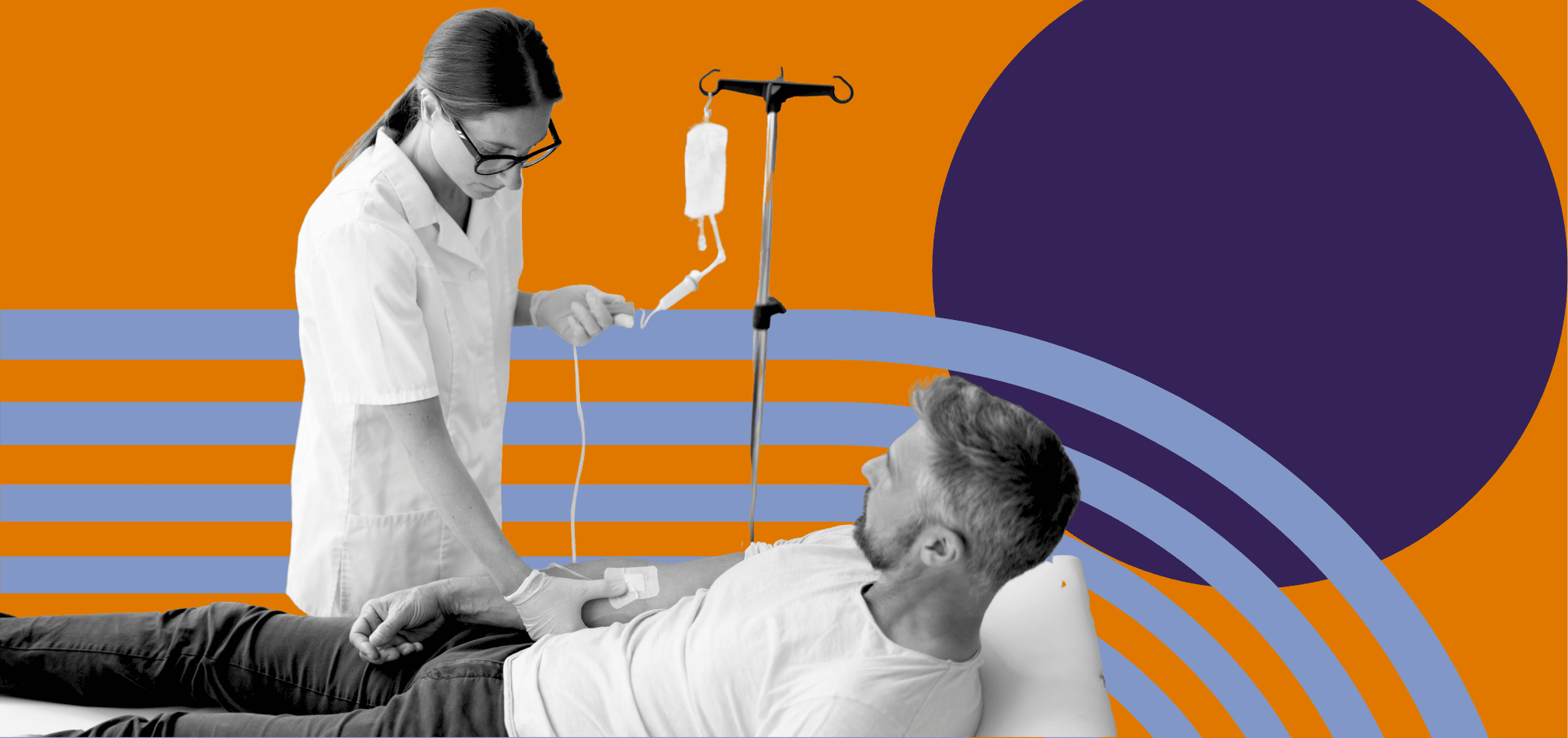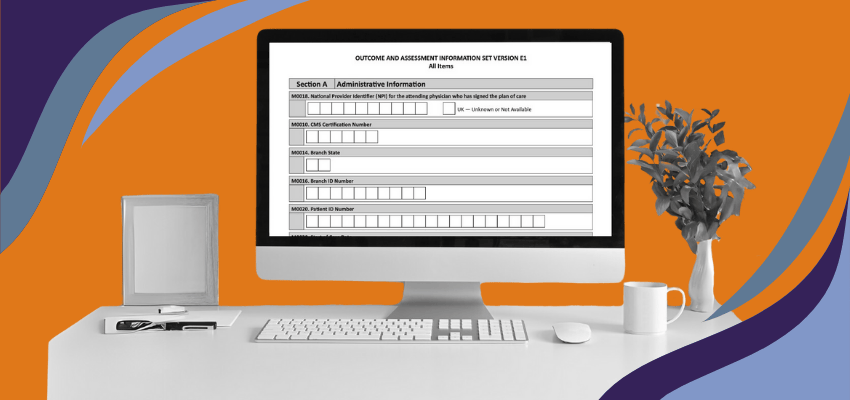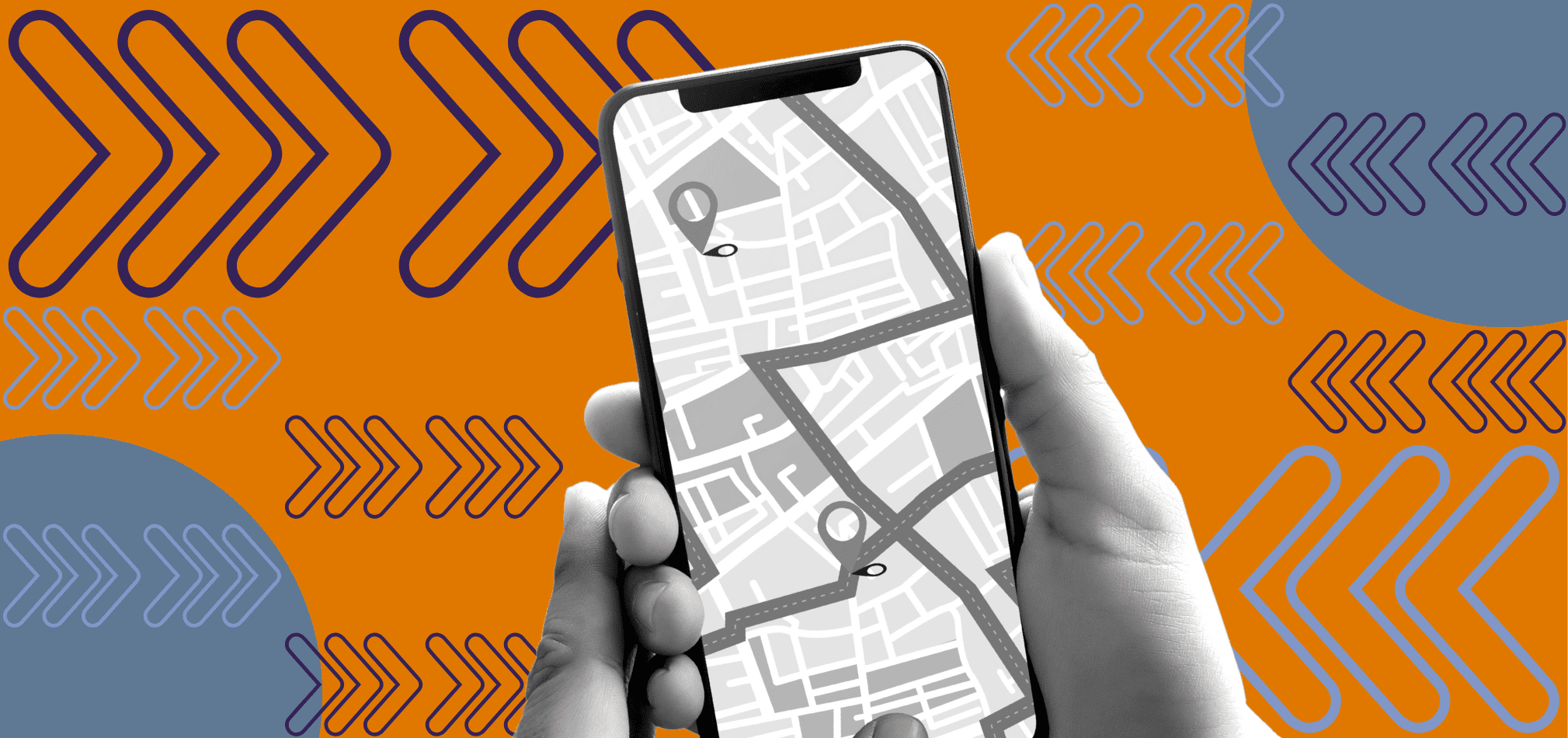If you'd like to listen to this article instead, our co-founder Mariam Treystman breaks it all down in the podcast below.
Survey days can feel like a high-stakes game of organizational Jenga. One wrong move, and everything could come tumbling down. What if we told you there's a strategic playbook to make the most of your first 30 minutes, setting you up for a more successful survey overall?
At The Home Health Consultant, we've spent years in the trenches of home health (HH) and hospice (HSP) agency surveys, witnessing firsthand the make-or-break moments that determine an agency's success.
With over two decades of experience consulting for hundreds of agencies across the United States, our team has developed a proven methodology for navigating the most challenging survey scenarios.
This isn't just another generic guide—it's a battle-tested strategy developed by experts who have seen it all. By the time you finish reading, you'll have a clear, actionable roadmap to:
By the end of this article, you'll have clear actionable steps to help you have a great start to your next survey.
Preparing for Home Health or Hospice Surveyor Arrival
First things first: management must be present. Your owner, administrator, Director of Patient Care Services (DPCS), or a designee needs to be in the office for the survey to begin.
The surveyor cannot begin the survey without one of these top management staff members present. No exceptions. If they're not already onsite, you can ask the surveyor to wait while you call them in.
Pro Tip: While waiting, offer the surveyor a coffee and an admission package that has already been pre-reviewed for survey. Keep things professional but welcoming.
Your Home Health & Hospice Dream Team: 5 Roles to Assign Before Survey

Here's where preparation meets execution. There are 5 roles you can assign to your clerical staff members before the survey. By doing this, when the day comes, everyone is productive towards survey success. And, you’re not scrambling for basic yet critical coordinations.
1. The Caller: Documentation Retrieval
- Coordinate retrieval of missing documentation
- Call clinicians about late notes and missing credentials
- Use urgent communication tactics (e.g., "The surveyor is in the office")
- Track and follow up on all previous documentation requests
2. The Printer: Document Management
- Print required lists for surveyor [see more under additional must-haves]
- Monitor email boxes
- Immediately print all survey related documents
- Create a tracking system for incoming documents
- Ensure documents are in correct locations
- Maintain an organized, easily retrievable filing system
3. The Filer: Records Organization Expert
- Instantly file all printed documents
- Ensure documents are in correct locations
- Maintain an organized, easily retrievable filing system
- Prepare document folders for surveyor review
4. The Surveyor's Buddy: Surveyor Interaction
- Create a buffer between surveyors and management so that they can focus on higher level issues during survey
- Handle non-critical inquires (like the WiFi password, lunch orders or where the bathroom is)
- Notify management of critical questions
- Ensure smooth, professional interactions
5. The Driver: Surveyor Support Errands (Optional)
- Pick up signed MD orders
- Retrieve missing credentials
- Handle critical external errands
- Maintain survey team's operational needs
- Run errands and purchase supplies
Pro Tip: Anyone can fulfill these roles, but it’s best if they’re not members of your key staff (Owner, DCPS or administrator). You want your key staff to be free to participate in the survey process and for anything that may come up.
Urgent Home Health or Hospice Documentation Retrieval: Survey-Ready Checklist
Documentation retrieval during a survey is less about having every single piece of paper perfectly in order, and more about showing your commitment to thorough, professional patient care.
The first 30 minutes are critical. They set the tone for the entire survey and demonstrate your agency's operational integrity. Agencies should be working on the following items regularly and in advance. But when the surveyor arrives, immediately double check all of these:
1. Late Notes:
- Check your software for notes older than 7 days
- Contact clinicians ASAP, emphasizing "The surveyor is in the office"
- Be specific and urgent in your communication
2. Credentials:
3. Pending MD Orders
- Call doctor's offices about any pending orders
- Consider sending someone to physically pick up documents if needed
4. Staff HR Files
5. Complex Patient Charts
- Pull charts for patients with:
- IV treatments
- Wound care
- Oxygen support
- Home health aid cases
- Complex diabetes management
This list is not a shortcut for passing your survey. It’s a tool to help keep a potentially hectic day on track.
Using this list should showcase all the hard work your agency has done over the past 3 years to stay survey-ready. It also serves as a way to double check anything you may have missed.
Communication Among Home Health or Hospice Agency Staff is Key
Remember, your field staff and clinicians don't want to be the reason your survey fails. By clearly communicating the surveyor's presence, you'll motivate quick action.
Pro Tip: Again, when requesting additional documents or information, start every sentence with “The surveyor is here,” to set the tone among your staff. Don’t do this unless the surveyor is truly onsite, to avoid a “boy who cried wolf” scenario.
How to Successfully Prep for Your Survey: Key Takeaways & Next Steps

There’s no way you can successfully survey prep unless you start at least 12 months in advance. We recommend survey readiness over survey preparation. Check out our article on the difference to learn more. Regardless, you need to dedicate time and resources to prepare for your survey. The first 30 minutes are just your final coordination window.
Below you’ll find a list of additional must-haves to prepare BEFORE survey. These are the required lists you must have printed and ready:
- Currently active patient census
- Unduplicated census list for past 12 months
- Currently active staff list, including contractors
Don't let a challenging survey define your agency's future. Knowledge is power, and staying ready is your asset. While we've provided a comprehensive guide to documentation retrieval, we know that sometimes, despite your best efforts, surveys can reveal areas for improvement.
Your Next Step: If you're worried about survey performance or want to be prepared for every possible scenario, we've got you covered. Check out how our administrative compliance program helps you stay-ready for any type of survey coming your way.
Surveys don't have to be scary. With the right preparation, roles, and communication, you can transform a potentially stressful event into a smooth, professional and educational experience.
You can also download our free First 30 Minutes of Survey Prep checklist below.









